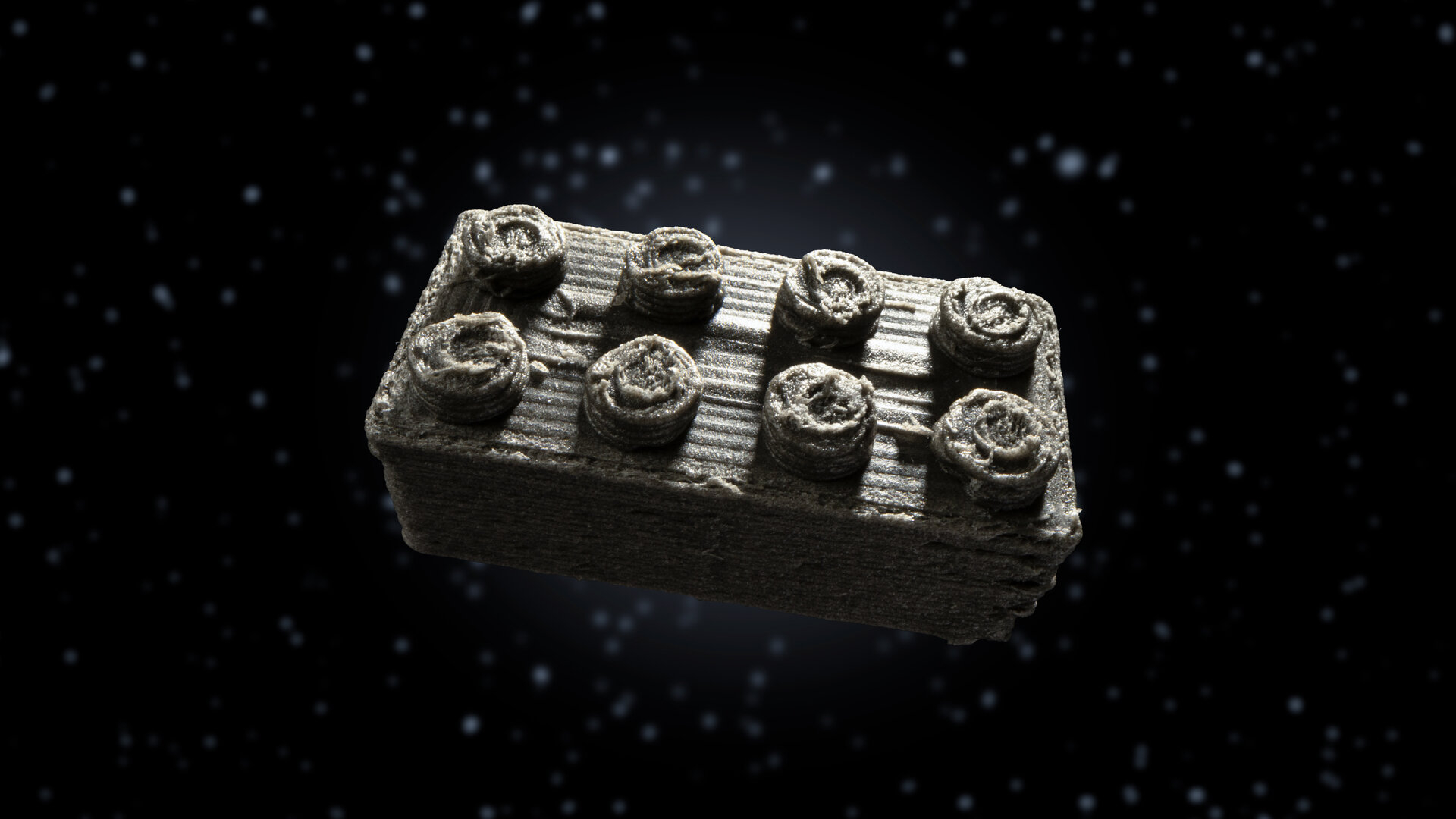
Shipping things to the moon is expensive, and even after astronauts begin walking on the moon again, that isn't going to change. Every additional gram of cargo sent to the moon is another gram that must be lifted into space against the brunt of Earth's gravity. Thus, every gram of material future lunar denizens can take from the moon itself is one gram less of a burden.
This dilemma is especially prominent when it comes to building future lunar habitats. Of course, we aren't sure how building with moon materials will actually work; on Earth, we have virtually no practice doing it. However, lately, scientists from the European Space Agency (ESA) have begun toying with a very interesting idea. They've tried, for a start, fashioning space dust into LEGO-like bricks and building with them.
"Nobody has built a structure on the moon, so it was great to have the flexibility to try out all kinds of designs and building techniques with our space bricks,” said Aidan Cowley, ESA Science Officer, in a statement.
There is a slight catch: ESA's space bricks aren’t actually fashioned from moondust. For all the lunar samples that various missions have returned to Earth, lunar regolith is simply too scarce and scientifically valuable to use for bricks. Instead, ESA scientists turned to a simulant: regolith from a meteorite. Specifically, according to the BBC, scientists used 4.5-billion-year-old material from a meteorite discovered in Northwest Africa around the year 2000. Using a 3D printer, they fashioned the meteorite dust into bricks shaped like classic 2x4 LEGOs.
Related: 'ESA Space Bricks' landing at Lego Stores could help build real Artemis moon base
The resultant bricks are not entirely like LEGOs — they are significantly rougher, for one — but they're recognizable enough. They can stack just like LEGOs can, and builders can assemble them into different structures. They're similarly exciting to play with, but also able to help scientists test construction methods and determine which ones might work best with the material at hand.
"It was both fun and useful in scientifically understanding the boundaries of these techniques," said Cowley in the statement.
ESA's moon-bricks will also be on display to the public at select LEGO stores between June 20 and Sept. 20.







